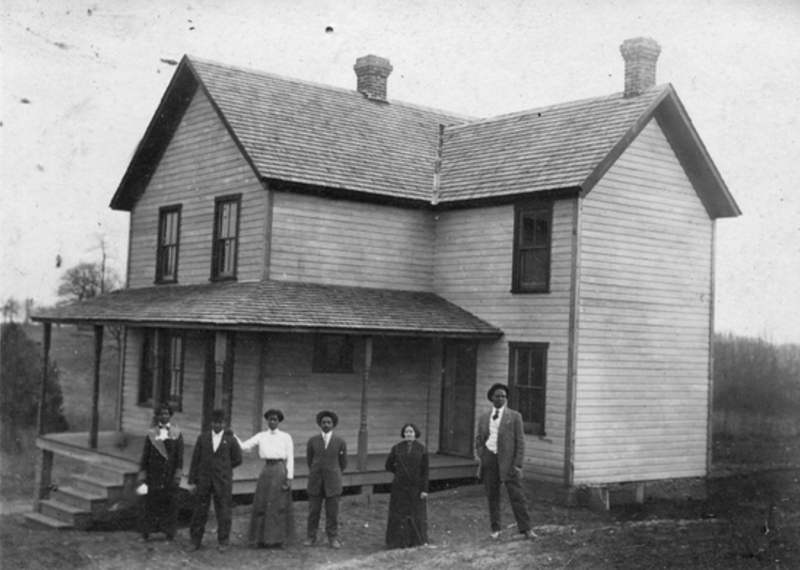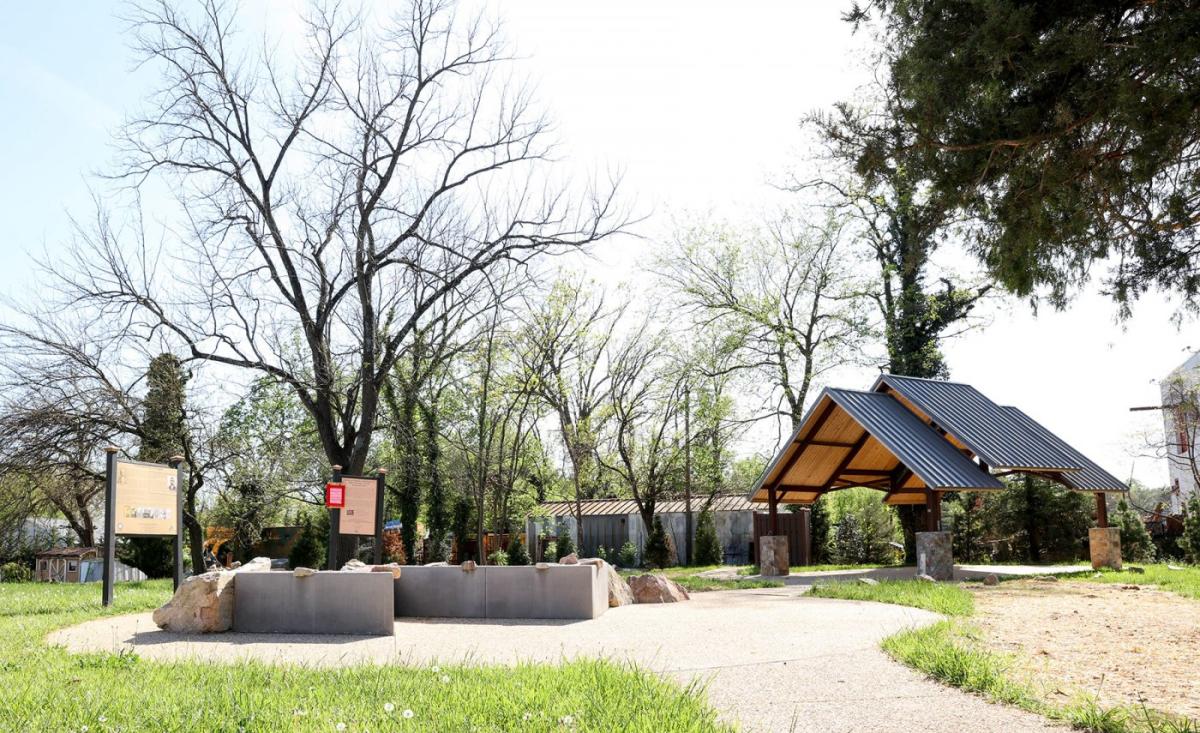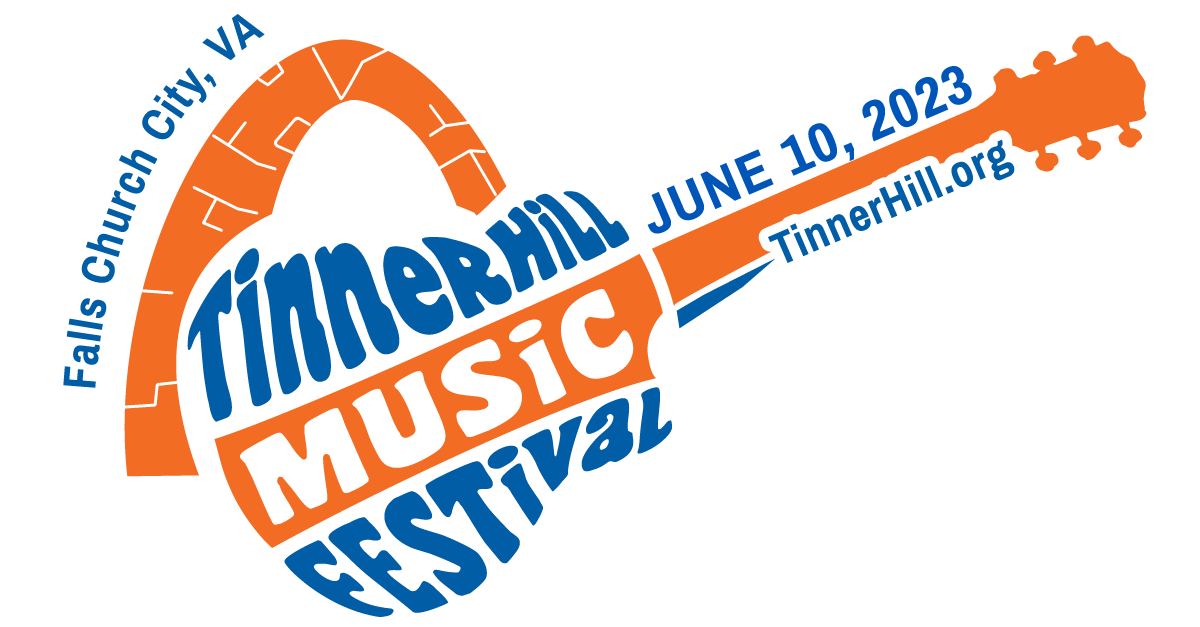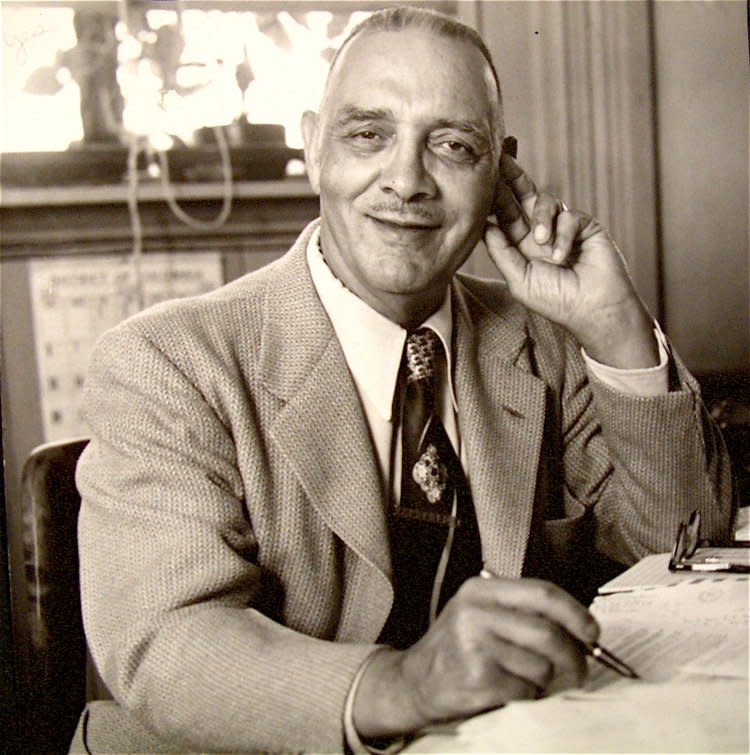There is a special place here in Northern Virginia that often flies under the radar. It's a community called Tinner Hill - a neighborhood that shares land in both Fairfax County and the now City of Falls Church. This close-knit community is of national significance for being the location where the first rural branch of the National Association for the Advancement of Colored People (NAACP) was initiated in the United States. The individuals that lived here positively changed the trajectory of equality and justice for the entire area, and in doing so, left their stamp on our nation becoming a better place for all.
Read on to learn more about the special community of Tinner Hill, as part of our blog series on Black History in #FXVA. You can also watch this great video by Bob Burnett on the history of the community.
A Resolute Opposition

Image courtesy NOVA Parks
The story of Tinner Hill dates back to the acquisition of the land in the late 19th century by Charles and Mary Tinner. Charles and his sons were stonemasons known throughout the area for their work, especially with the pink granite found in the quarry on their land. Though many have now been destroyed, an array of homes, buildings, monuments, and foundations in Falls Church were built using this stone.
In the 1900s, Charles' son Joseph Tinner, by then a highly respected and sought-after stonemason with a strong conviction for equality and civil rights, met Dr. Edwin Bancroft Henderson, a civil rights activist and educator who was known for being the first African American physical education teacher in Washington, DC and is also credited as the "Father of Black Basketball." Together with other community members, they founded the Colored Citizens Protective League to fight a Falls Church town ordinance that segregated districts for white and colored people. The CCPL strongly opposed this ordinance, writing letters, hiring attorneys, and speaking at meetings. Their swift and resolute actions were ultimately successful in blocking enforcement of the ordinance.
Around the same time, Dr. Henderson and his wife, already members of the NAACP in Washington, DC, wrote a letter to W.E.B. Du Bois asking to start a local chapter of the organization, even though no rural branches existed at that point in time. They were given permission to work as a standing committee at first, but by 1918 were granted a charter to operate as the first rural branch of the NAACP, with Joseph Tinner as President and Dr. Henderson as secretary.
Tinner Hill Historic Park

Image courtesy of NOVA Parks
Today, you can visit the Tinner Hill Historic Park, which was established on the site of what was home to Joseph and Elizabeth Tinner. The park has interpretive signage, a picnic pavilion, and is home to the Zig Zag Monument, a sculpture that follows the original location of the segregation line. The park is open for walking/self-guided tours from dawn to dusk. The park was made possible through a cooperative partnership between the City of Falls Church, NOVA Parks, Fairfax County, and the Tinner Hill Heritage Foundation.
Tinner Hill Music Festival

Graphic courtesy of Tinner Hill Heritage Foundation
2023 will mark the 29th year that the Tinner Hill community has sponsored and supported an annual music festival. The 29th Annual Tinner Hill Music Festival is scheduled to take place on Saturday, June 10, 2023 from 11 AM to 8 PM. Announcements about the lineup, tickets, and vendors will be provided on Instagram and Facebook.
Tinner Hill Arch Monument

Image courtesy of Tinner Hill Heritage Foundation
In 1999, The Tinner Hill Monument, also known as the Tinner Hill arch, was built by the Tinner Hill Heritage Foundation on the northwest corner of Lee Highway (Route 29) and Tinner Hill Road to honor the people of the Tinner Hill community and the fight for change that they helped initiate. The 14-foot tall monument is made of an unusually beautiful - and rare - form of pink granite called trondhjemite. The arch itself symbolizes the combined strength of two pillars working together just as Joseph Tinner and E.B. Henderson did when they worked to fight segregation and lead the development of the local branch of the NAACP. It also honors Tinner's past as a stonemason, as the arch design was a specialty of his.
Historical Marker for Dr. E.B. Henderson
 Image courtesy hmdb.org
Image courtesy hmdb.org
In 2021, a state historical marker was erected outside of his former home in Falls Church, where he resided from 1910 to 1965. The historical marker was born from a state-led contest for school students to nominate deserving individuals who should receive markers. Kings Glen Elementary student Sullivan Massaro was one of five students to win. Massaro proposed the marker for Henderson and was on site for its dedication in November 2021.
The marker is located on South Maple Avenue, just south of Gibson Street.
Tinner Hill Educational Resources

Image of Dr. E.B. Henderson, courtesy of Tinner Hill Heritage Foundation
The Tinner Hill Heritage Foundation has assembled numerous educational resources that detail their past projects, the heroes in their community over the years, and Civil Rights efforts by the community. One of their projects is 100 Years of Black Falls Church which is an online collaborative project produced by the Tinner Hill Heritage Foundation and the George Mason University African and African American Studies program. The site introduces users to people and places within Falls Church, and shares the hidden history of a remarkable, vibrant, and thriving African American community that maintained families, purchased land, built homes, and established churches, while living, working, socializing, and worshipping under bondage, segregation, and Jim Crow. They also assembled an array of information on The History of the Land and People of Tinner Hill and the Civil Rights Movement and Tinner Hill.
To learn more about this incredible story, visit the Tinner Hill Heritage Foundation website, or get involved by donating to the festival, volunteering with the organization, or donating to the Foundation. Tag us in your social media posts, or use #FXVA to share your own Tinner Hill stories.
For more interesting stories on Black History in #FXVA, click here to read about Gum Springs, the oldest African American community in Fairfax County. Learn about Laurel Grove School, the last remaining colored school in the area here. Or read the unique ties that Sully Historic Site has with the Underground Railroad. You can also take an inner look at the African American experience during Civil War-era Virginia here.





